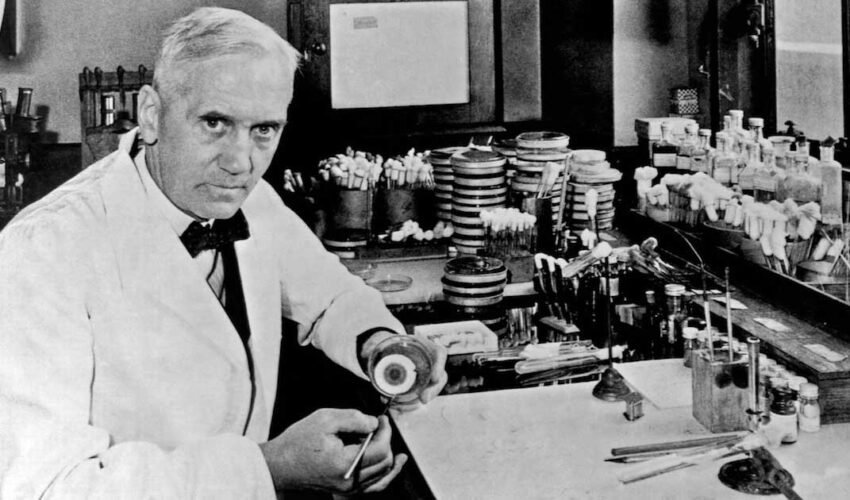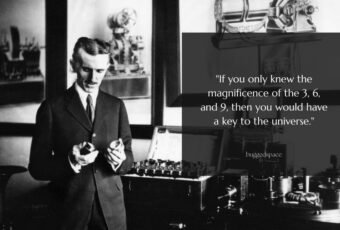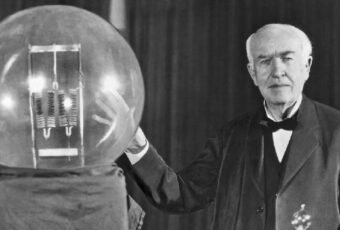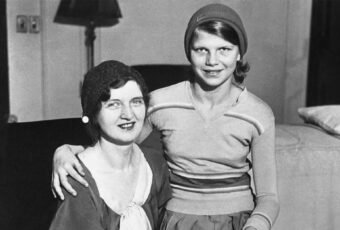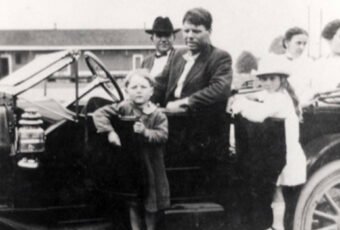The discovery of penicillin was a revolutionary moment in the field of medicine. Prior to its discovery, even minor infections had the potential to be fatal. From paper cuts to childbirth, bacterial infections posed a significant threat to human health.

Penicillins are a class of antibiotics that are used to treat bacterial infections by either killing the bacteria or inhibiting their growth. There are various types of penicillins, each of which is used to treat different types of infections.
But did you know, the discovery of life-changing penicillin was totally an accident or in other words lazy work?
The discovery of penicillin was an accident, in fact, one could say it was a result of laziness. In 1928, Alexander Fleming returned to his laboratory to find mold growing on a Petri dish containing Staphylococcus bacteria. He observed that the mold was inhibiting the growth of the bacteria surrounding it. Further examination revealed that the mold produced a chemical capable of killing the bacteria. He named the substance penicillin.
Despite the potential significance of his discovery, Fleming’s peers initially showed little interest in his work. However, he did not give up and enlisted the help and support of several leading chemists to try to purify penicillin from the mold. Unfortunately, they were all unsuccessful.
“The production of penicillin for therapeutic purposes is almost impossible,” said Professor Harold Raistrick, a biochemist and expert in fungal substances who was enlisted by Fleming to help with the purification process.
As a result, Fleming’s discovery was initially considered a laboratory curiosity and he eventually abandoned attempts to purify it.
/*It wasn’t until the 1930s and 1940s, when Howard Florey and Ernst Chain, were able to successfully purify and mass-produce penicillin, that its potential as a life-saving drug was fully realized.*/
Problems with Penicillin
G.E.Breen, a fellow member of the Chelsea Arts Club, questioned Fleming about his discovery, “I was just wondering if you thought it would ever be possible to put the stuff to use. Could I, for example, use it?” to which Fleming responded, “I’m not sure if it’s too unstable. It will need to be purified, which I cannot do on my own.”
The rising demand for Penicillin
Nearly a decade after Alexander Fleming’s discovery of Penicillin, Howard Florey and Ernst Chain revisited his work and assembled a team of scientists to focus solely on the Penicillin Project. Despite the initial acceptance of Fleming’s findings, the team faced challenges in purifying the substance from its original mold due to conflicts among team members and the complexity of the project.
After extensive trial and error, the team finally developed a method for producing pure Penicillin. With enough of the substance, they began animal trials in 1940, resulting in the survival of only four out of eight infected mice.
The publication of their findings sparked significant interest, but the team faced the obstacle of producing limited amounts of Penicillin using a large quantity of mold broth. They resorted to storing the broth in unconventional containers such as bedpans and bathtubs. However, special fermentation vessels were later developed to address this issue.
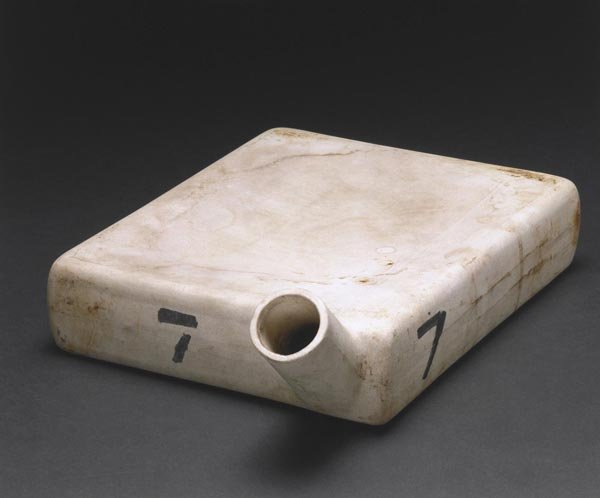
The Oxford laboratory, with the help of the “Penicillin girls,” had successfully developed a method for producing the antibiotic. Six women, dubbed the “Penicillin girls,” were hired to tend to the fermenting broth and harvest a few precious milligrams of penicillin from it once a week. However, the slow production rate became a concern during the first human trials.
Need for Penicillin
Albert Alexander a 43-year-old police officer was suffering from a severe case of sepsis caused by a scratched finger. Despite receiving a massive dose of penicillin, Alexander’s condition worsened. The team quickly realized that the small amount of penicillin they had produced was not enough to cure the patient. Alexander died a few days later.
Unpleasant way to extract penicillin
The team at Oxford had to resort to unconventional methods to meet the high demand for penicillin. One such method was the collection of excreted penicillin from patients’ urine. Dr. Ethel Florey, a supervisor of clinical trials, was often seen collecting urine samples from patients on her bicycle, in what was referred to as the “P-Patrol.” This was done to extract and recycle the large amounts of penicillin that were excreted in the urine, as approximately 80% of a dose is eliminated in this way.
“One of the earliest penicillin samples believed to have been isolated from the urine of a patient given the antibiotic.”
With the success and growing demand for penicillin, the Oxford team approached various pharmaceutical companies to manufacture the drug on a large scale. However, due to the ongoing Second World War, no British industry was capable of developing a new mass production process.
In June 1941, team leader Howard Florey decided to take penicillin to the United States in the hopes of finding a solution for mass production. Initially, American pharmaceutical companies were also hesitant to commit to large-scale production. However, with the United States’ entry into World War II and the subsequent increase in demand for penicillin, production efforts were ramped up.
By 1946, penicillin was available for public use in the United Kingdom. The mass availability of the drug revolutionized medicine worldwide and marked the beginning of the age of antibiotics. However, the emergence of antibiotic-resistant bacteria has become a pressing concern, leading scientists to continue researching and developing new antibiotics.
After reading about the discovery of penicillin, you might like reading about 12 Archaeological Findings That Amazed Us Over The Years
